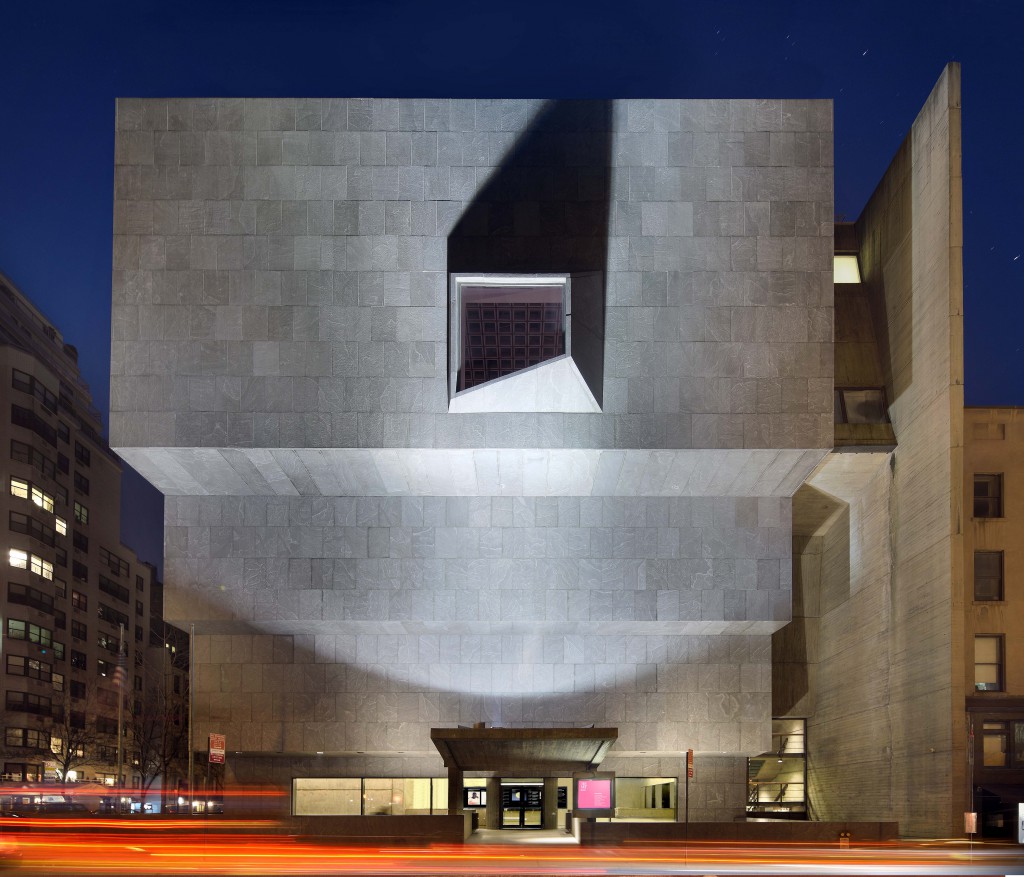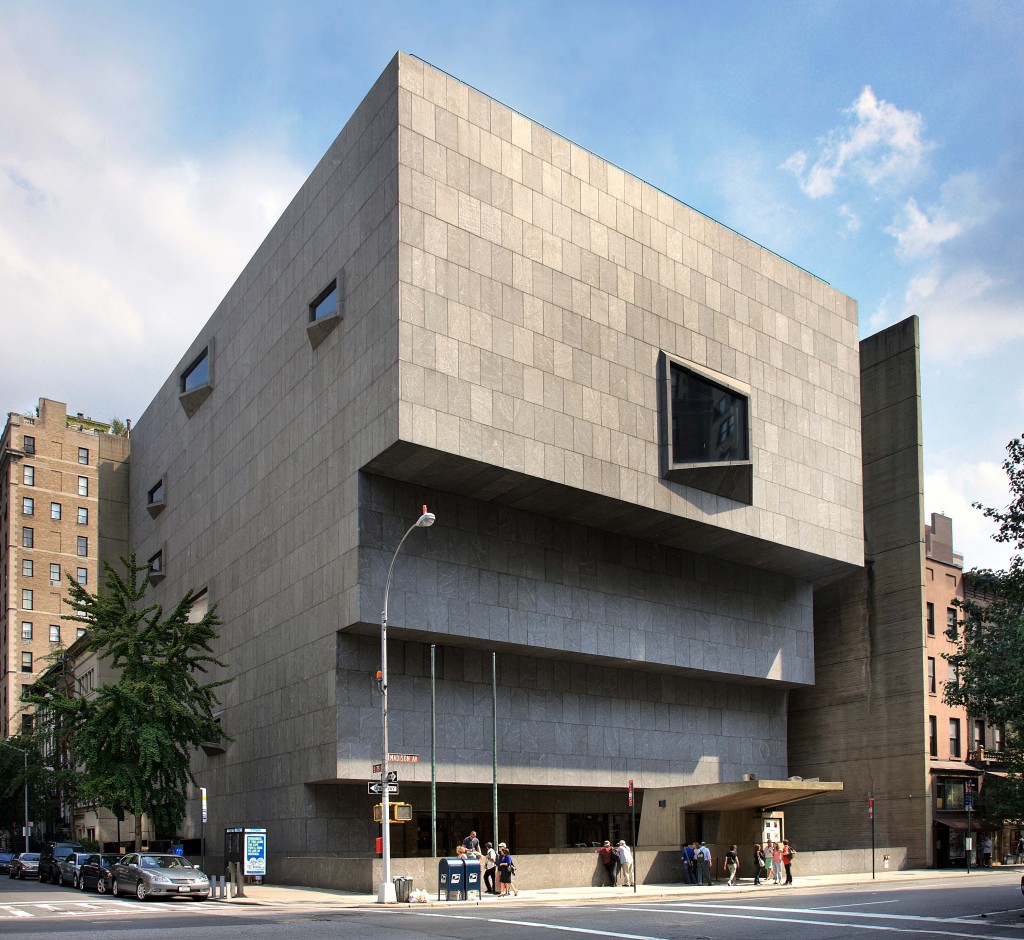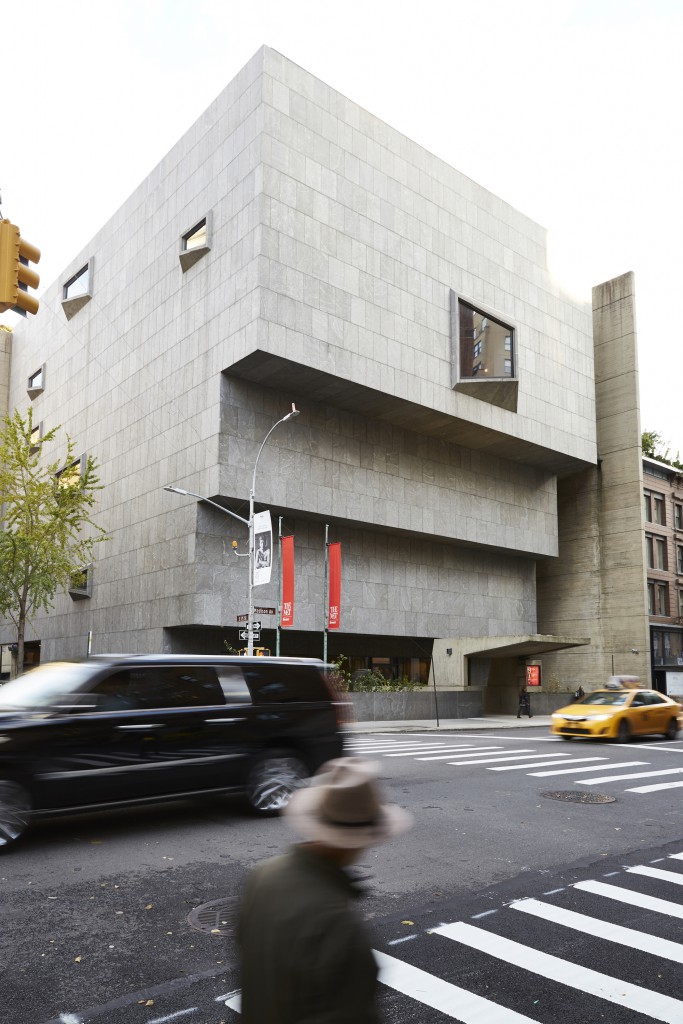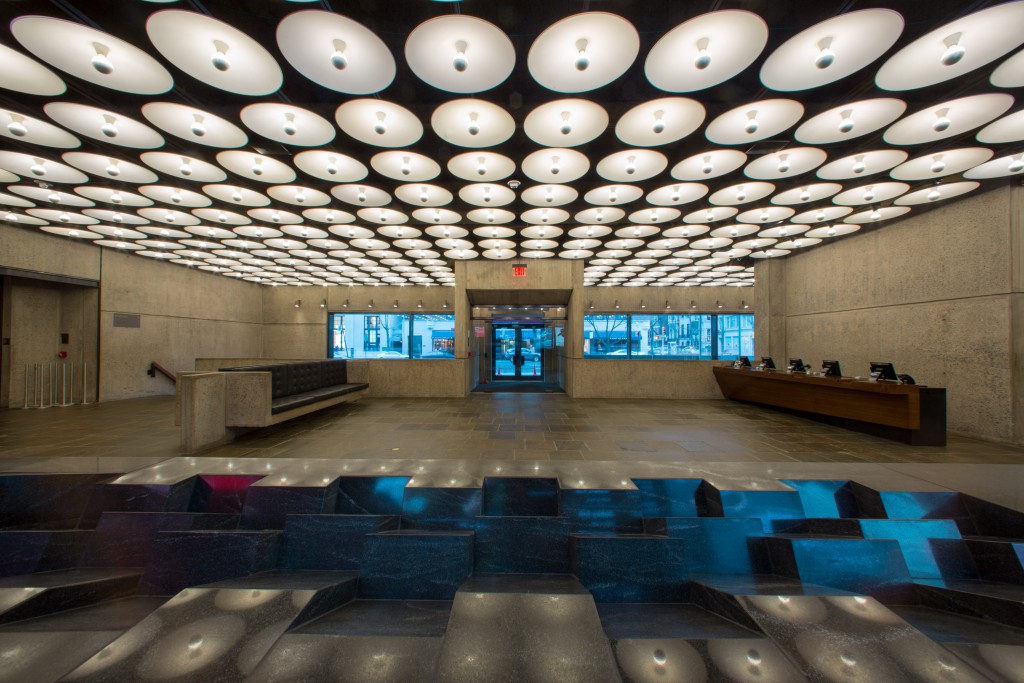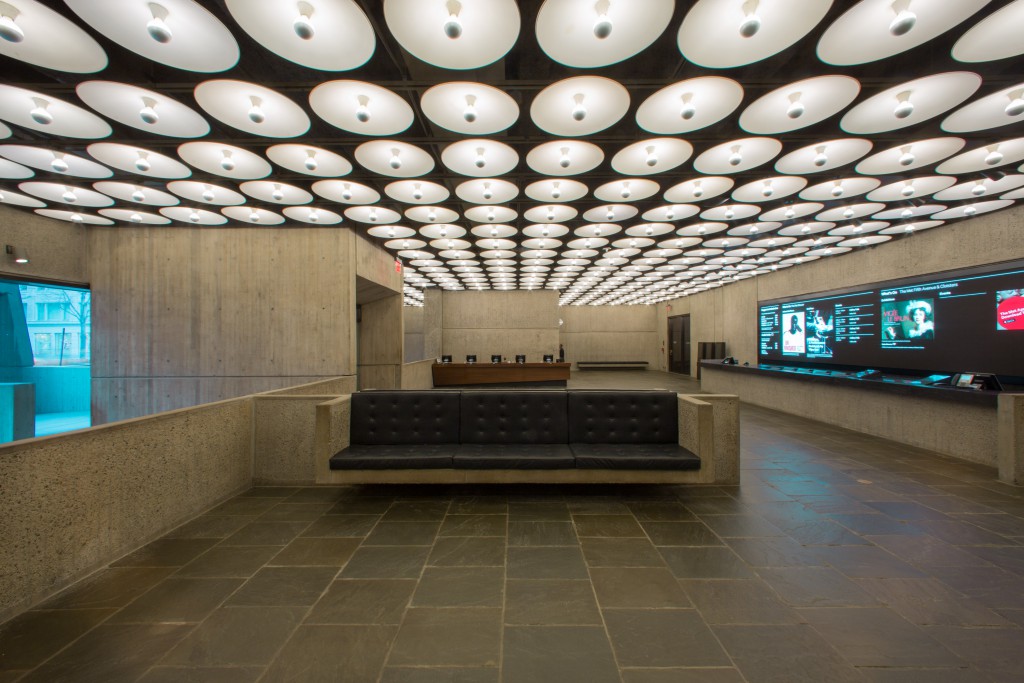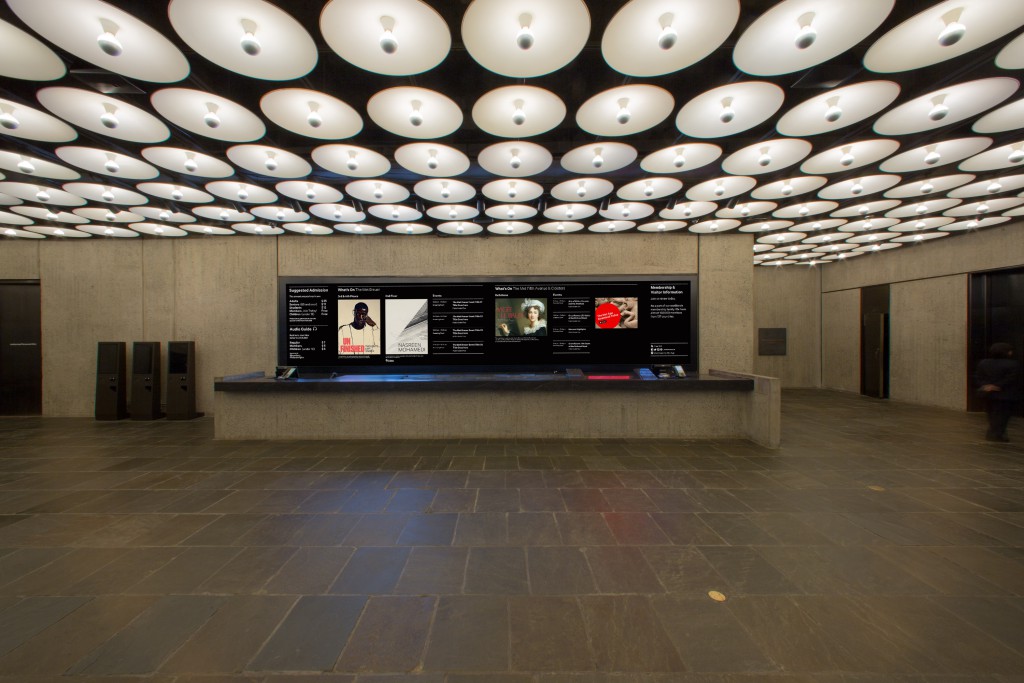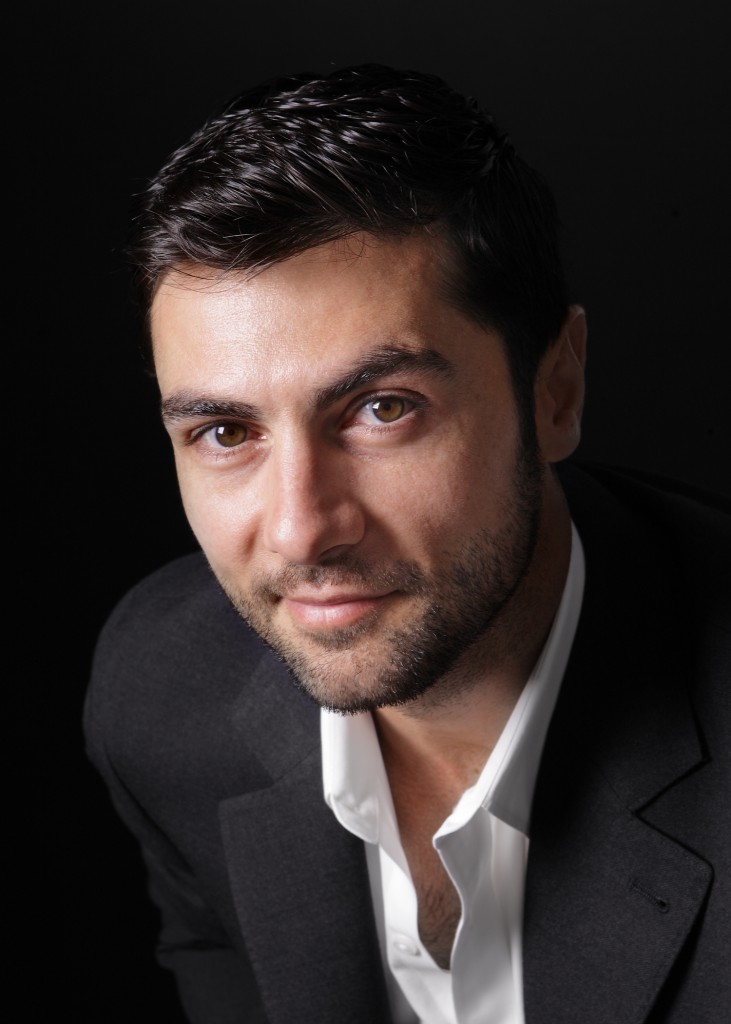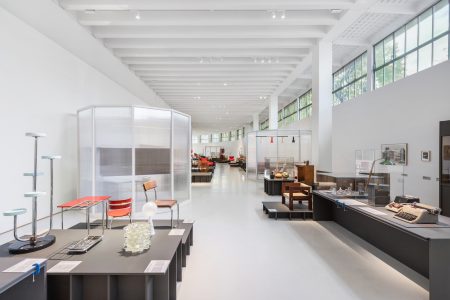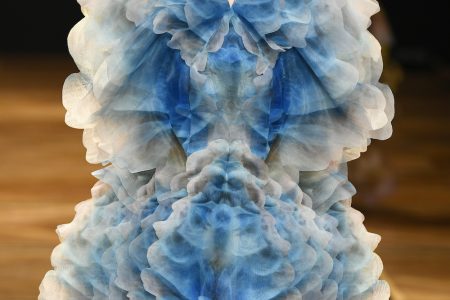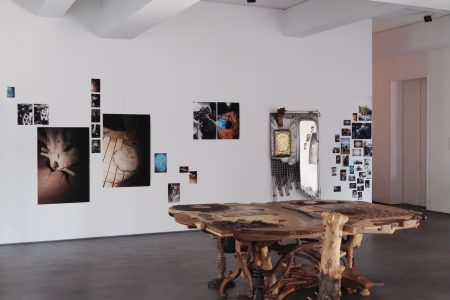Christian Larsen
In an exclusive interview with TLmag, MET Associate Curator, Modern and Contemporary Christian Larsen talks about his mandate to elevate the often marginalized domain of design through a reorganisation of a collection few are aware of. With his first exhibition Sottsass Design Radical opening at the MET Breuer this July, Larsen is set to break traditional boundaries and establish fresh curatorial solutions.
After eight years spent training in MoMA’s Architecture and Design department and Miami’s Wolfsonian; and with a PhD from the Bard Graduate Center, Christian Larsen has emerged as a leading voice in the field of design history and curation. In 2015, he was named Metropolitan Museum of Art, Associate Curator modern and contemporary. Responsible for reorganizing a design collection that spans the decades from 1900 to today, Larsen’s personal mandate is to elevate the status of this often overlooked discipline. He has played an integral part in the founding of the new Met Breuer, and this summer will open his first exhibition, an alternative retrospective of Ettore Sottsass that will strategically pull supporting examples from the wider Met collection to highlight historical lineages. In an exclusive interview with TLmag, Larsen talks about his new curatorial position, the upcoming show and New York.
TLmag: How have you been able to apply your already honed curatorial approach at the Met?
Christian Larsen: Sheena Wagstaff, head of the Met’s Modern and Contemporary Art Department, liked what I had to say and asked me If I’d come on board as a design curator. When the Met calls, you can’t say no. It’s the dream job. My first task was to determine what distinguished this design collection, its strengths and weaknesses. Working between 17 different departments with curators specialized in jewelry, Tiffany glass, American decorative arts, art poetry, European sculpture, and more, I realized the Met is focused on maintaining an encyclopedic canon of objects, dating back 5000 years. With that in mind, there was no way that the modern and contemporary design collection could be comprehensive at first. But this is also the result of an inconsistent succession of curators. Ultimately, my goal will be to apply that same all-encompassing approach to fill in the gaps and expand the collection with the best of 20th- and 21st-century design, in the broadest sense: urban planning, architecture, interiors, products, cars, fashion, graphics and interfaces.
TLmag: Can you tell us about the history of design curation at the MET?
C.L.: From 1910 to 1940, there were two competing figures who represented the two sides of design at the time. Richard Bach mounted annual exhibitions of industrial art, showcasing the latest in American manufacturing, while Joseph Breck, the modern decorative arts curator, sought out Art Deco pieces, virtuosically hand-crafted objects created with exquisite materials. Armed with a huge acquisitions fund furnished by Edward Seymour, he traveled to Paris annually and would buy pieces directly from the studios of talents like Émile-Jacques Ruhlmann. Breck, whose influence was more lasting than that of his colleague, ensured that the Met would become synonymous with luxury. In comparison, MoMA was modeled on the Bauhaus and took on a more Germanic rationalistic and socialistic approach, bent on the idea that industry could provide “good design” for all. In the 1970s and ‘80s, curator Craig Miller was an acquisitions fiend, concentrating on postmodernism, specifically the work of Ettore Sottsass. Between and after these two periods, there wasn’t much activity. Having identified those two movements as isolated strengths within the collection, my plan is to balance things out a bit more.
TLmag: How are you involved at the Met Breuer? What is the mission behind your debut exhibition, Sottsass Design Radical?
C.L.: I’m one of 10 curators who programmed the Met Breuer with the idea of featuring more international, modern and contemporary content, a focus in line with the history of the building and its architect. Due to recent financial issues and restructuring at the museum, I was able to grab a time slot at the new venue. Wagstaff thought it would be the perfect opportunity to signal that Beatrice Galilee (in charge of projects related to contemporary architecture) and I have arrived, that design has returned to the MET.
My first show will actually highlight one of the strengths I mentioned above, but it will also reflect a longtime personal fascination. Opening on 22 July, Sottsass Design Radical will highlight specific works—some extremely rare—by the Italian master, also placing them next to other related works from the wider collection. The idea is to pull examples from other departments and reveal the teleology that leads to Postmodernism and how Sottsass was inspired by ancient civilizations. However, I didn’t just want show how the past influenced him. I also wanted to show work by contemporary designers who lay claim to his legacy. Object groupings will act like little lessons in design history. Here’s one example: few people know that Sottsass’s father was an Austrian architect who trained with Otto Wagner in the modernist tradition. With clear links to the latter’s Steinhof cathedral in Vienna, Sottsass designed a cruciform cabinet with similar gold buttons in the 1980s. I will draw a comparison between these two works but also present a piece by Studio Job as a contemporary continuation. Our goal for this exhibition is to show Sottsass as the vanguard, ahead of his time but integral to the foundation of various Postmodern movements.
As I was only given eight months to mount the exhibition—most projects take two to three years—the scope of what I could do was limited. However, I enjoy a challenge. Rather than publishing a catalogue, I decided to work closely with the museum store to sell some of Sottsass’s work alongside pieces by contemporary designers. Design is first and foremost a commodity, so the commercial application makes sense. Still, by putting design at the same level as art in the museum space, this first exhibition promises to be a new type of experience.
TLmag: When looking at recent design history, there seem to be a clear link between Italian Radical Design – including Sottsass – Droog in the Netherlands and what Dune and Raby have codified as Speculative Design.
C.L.: Objects contain humor and wit and are agents that act back on us. Much more than empty vessels of function, they engage us in the game of living. Sottsass knew this early on. The center of the exhibition will be a series of Totems that few have seen in person. Designed in the mid-1960s, these objects were produced using industrial-grade ceramic but with the intention of containing social meanings. They were spiritual lightening rods holding physic power. One Totem was dedicated to the ashes of political parties while another celebrated life or was meant to have aphrodisiac qualities and carry contraceptive power. They are cheeky plays on non-function and act like sculpture. Sottsass was one of the first to blur the boundaries between art and design; long before Robert Venturi wrote Learning from Las Vegas.
TLmag: Would you consider the rise of art design or collectable design as a continuation of this lineage?
C.L.: It’s moved into a far for market-driven direction. Though it’s origins can be traced back to Sottsass. When his Totem’s first appeared at Milan’s Sperone Gallery in 1967, everyone knew that these were objects that were not going to be consumed by the proletariat. Now they only exist in a realm where the super rich can afford to own them. These are highly rarified objects that did not make it into popular discourse. Still, I think there are designers that point the way forward when they develop work that is more complex and than can have more impact on society than initial experiments.
The real value of the hybrid art design movement – happening through the gallery system – is that it provides the forum, capital and time for designers to be free from other constraints and to do their research; to come up with concepts that are the seeds of something that can eventually be refined for mass production. It’s a kind of laboratory. A lot of interesting prototypes come out of this system. It shouldn’t be rejected and rather encourage. However, we should not forget the other side of the equation. That’s what I’m doing with the Met’s modern and contemporary collection; reestablishing a balance between one-offs and mass production.
TLmag: What is your perspective on the recent trend to combine art and design in museum exhibitions?
C.L.: Curators are realizing that all these objects can work together in the painting full picture of cultural history. We can no longer be bound by medium. However, I’m somebody who came out of training with the underdog. Design within the context of MoMA always had a back seat to painting and sculpture. If you wanted anything you had to fight for it. I found this to be true in graduate school. As I was applying for PHD programs, I discovered that every school has an art history program but very few had design professors. I went to the one school that did: the Bard Graduate Center.
Design had been hierarchically marginalized for a long time. Before I’m ready to cede territory and put art and design together to tell a larger story, I want to showcase the champions of design in their own context and right. Sottsass Design Radical will feature ‘art,’ much like a Donald Judd exhibition would. These works will be there because they will help to tell my story but a show about objects should be a show about design.
It will hopefully position Sottsass as a poet, philosopher, designer; a designer’s designer. If I do a show about design and open people’s minds to start questioning what is design. What does it mean? Why are three specific works placed together? Why are certain materials used? What was the process of making them? How it was and could be consumed? Is this object ugly to me, it’s beautiful? How expensive is it? These are all design questions.
TLmag: How do you place other design museums in New York?
C.L.: There’s room for everyone. We all have different methods and deal with different types of collections. There’s enough appetite for design that it hasn’t yet been satisfied. We’re still not getting design out there enough. That said, bureaucracy is the main culprit. The Cooper Hewitt plays an important role as the Smithsonian Design Museum. Though limited by its space, a historic mansion, it features a textile and wallcovering collection and has a strong education program. The Jewish Museum has also recently joined the conversation with monographic shows of Roberto Burle Marx and Pierre Chareau, two forgotten masters. Storefront for Art and Architecture doesn’t deal with a permanent collection, focusing instead on highly avant-garde contemporary topics and representing another type of voice.
The Met is the leading museum in the United States and one of the foremost in the world. We have the responsibility to do the best job we can in putting forward a design agenda. I hope that the Sottsass Design Radical exhibition will show that we can tell complex stories from the past and that we don’t have be driven by the contemporary market or latest fads. It will also prove that design can stand as strong as art or architecture in the cultural sphere.
